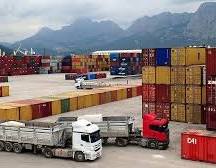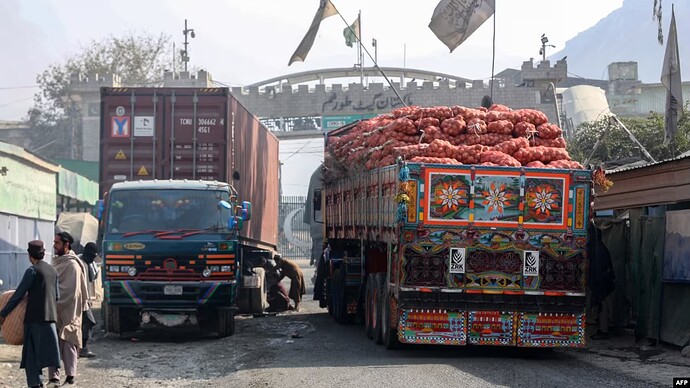Problems in Afghanistan’s import and export
in recent years, Afghanistan’s exports have decreased and its imports have increased. These changes are attributed to various reasons such as security crises, economic problems, sanctions, and changes in trade and transportation infrastructure. The increase in imports may be due to the need for basic goods, technology and raw materials for the reconstruction and development of the country. Also, the decrease in exports is evident due to the limitations and challenges in the production and marketing of domestic products.
The imbalance between export and import is the main problem of Afghanistan’s economy
Yes, the imbalance between export and import is one of the main problems of Afghanistan’s economy. This imbalance creates a trade deficit (negative balance in foreign trade), which can lead to increased dependence on imports and pressure on the country’s foreign exchange reserves. Currently, Afghanistan is heavily dependent on imports of commodities such as food, fuel, industrial equipment, and medicine, while its exports are mostly limited to certain agricultural products such as dried fruits, fruits, and wool.
This situation has several negative consequences:
- Increasing dependence on other countries: With increasing imports and decreasing exports, Afghanistan becomes more dependent on foreign countries to meet its needs, which can affect its economic independence.
- Decrease in foreign exchange income: The imbalance between export and import can cause a decrease in foreign exchange income and pressure on the domestic economy, which will ultimately lead to weakening the value of the national currency and increasing inflation.
- Limited job opportunities: With the decrease in exports, job opportunities related to the production and processing of goods are limited, and this can lead to an increase in unemployment in the country.
To solve this problem, Afghanistan needs balanced economic policies and the strengthening of domestic production sectors to increase its export capacity and reduce dependence on imports. Also, improving infrastructure, developing industries and promoting sustainable agriculture can help boost exports.

